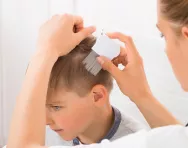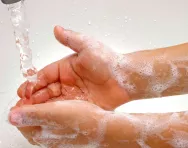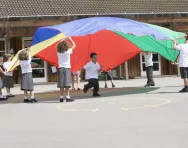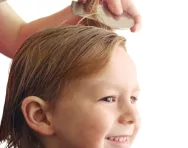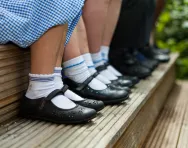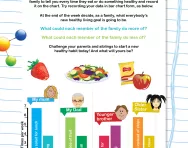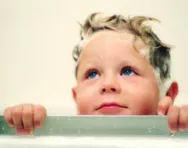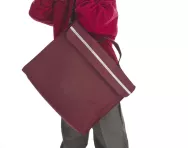TheSchoolRun.com closure date
As we informed you a few months ago, TheSchoolRun has had to make the difficult decision to close due to financial pressures and the company has now ceased trading. We had hoped to keep our content available through a partnership with another educational provider, but this provider has since withdrawn from the agreement.
As a result, we now have to permanently close TheSchoolRun.com. However, to give subscribers time to download any content they’d like to keep, we will keep the website open until 31st July 2025. After this date, the site will be taken down and there will be no further access to any resources. We strongly encourage you to download and save any resources you think you may want to use in the future.
In particular, we suggest downloading:
- Learning packs
- All the worksheets from the 11+ programme, if you are following this with your child
- Complete Learning Journey programmes (the packs below include all 40 worksheets for each programme)
You should already have received 16 primary school eBooks (worth £108.84) to download and keep. If you haven’t received these, please contact us at [email protected] before 31st July 2025, and we will send them to you.
We are very sorry that there is no way to continue offering access to resources and sincerely apologise for the inconvenience caused.
Heads up on headlice
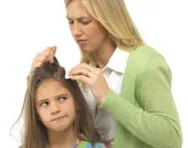
What are headlice and how do you get them?
Headlice are not harmful but they do itch: they are wingless, six-legged insects that feed on blood in the scalp. Newly hatched, they are grey-brown and the size of a pinhead. In 10 days they grow to size of a sesame seed and can then reproduce. Eggs (nits) are translucent greyish specks and take seven days to hatch. Numbers grow quickly without treatment.
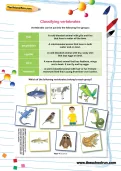
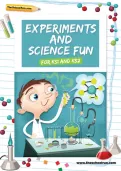
Download fantastic science resources today!
- Experiments And Science Fun pack
- Science Learning Programme for each school year
- All the instructions, questions and information you need
Headlice are spread only from direct head to head contact with someone who has them. A long-term infestation can have similar symptoms to low-grade flu.
Around 1 in 8 primary school children have head lice at any one time.
Spotting head lice
Checking your family’s hair regularly is essential. Use a good quality, plastic detection comb with rigid teeth no more than 0.3mm apart, rather than your fingers.
Check freshly-washed hair, as lice become inactive in water, and a conditioner can ease combing. Distract your child with a book or TV. Check the back of the neck, top of the head, under the fringe, behind the ears and close to the scalp.
Empty shells stay glued to the hair, standing out as white oval specks. Only seek treatment if you find live insects, not empty eggs shells.
Treating headlice
‘Nit nurses’ no longer exist. Parents must take charge and check all their family’s hair on a regular basis, seeking immediate treatment if lice are found.
One kind of treatment is to use a pesticide lotion or liquids. Follow directions very carefully and do not use more than three times in a row. Unfortunately, these can be ineffective as lice have built up a resistance to many and some parents are reluctant to expose their children to insecticides.
Lice have not built up a resistance to non–pesticide treatments. One example is Hedrin 4%, which uses odourless silicone to coat lice, effectively smothering them. Silicones do not produce fumes or get absorbed by the skin so can be used by asthmatics and on young children.
The other option is to use wet combing to remove lice by hand. This takes patience and needs to be done twice a week for at least a fortnight; it's also easy to miss a few.

